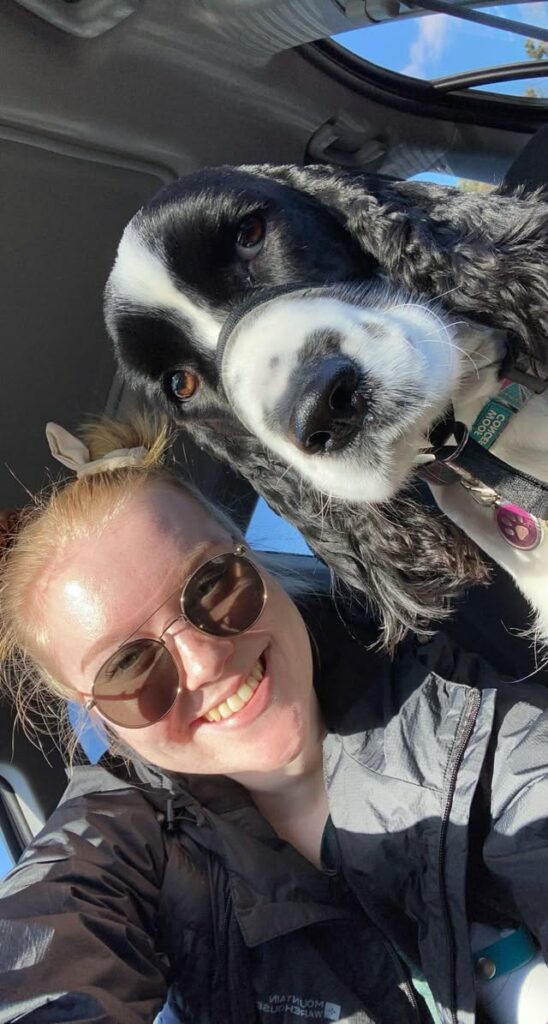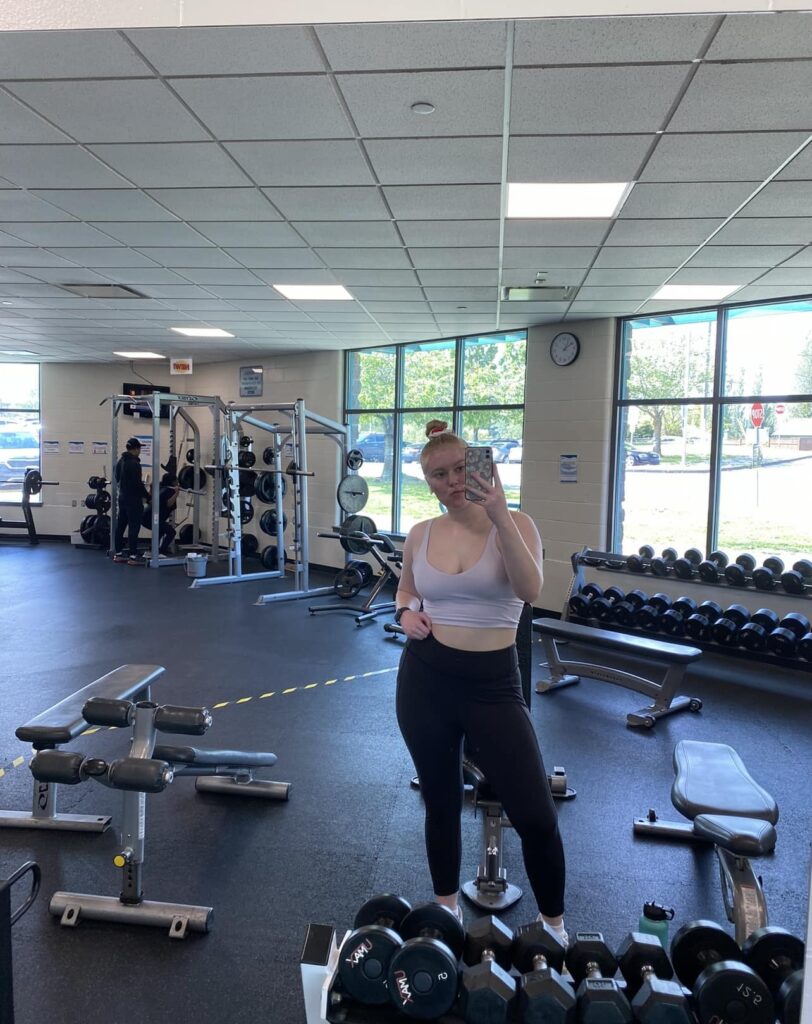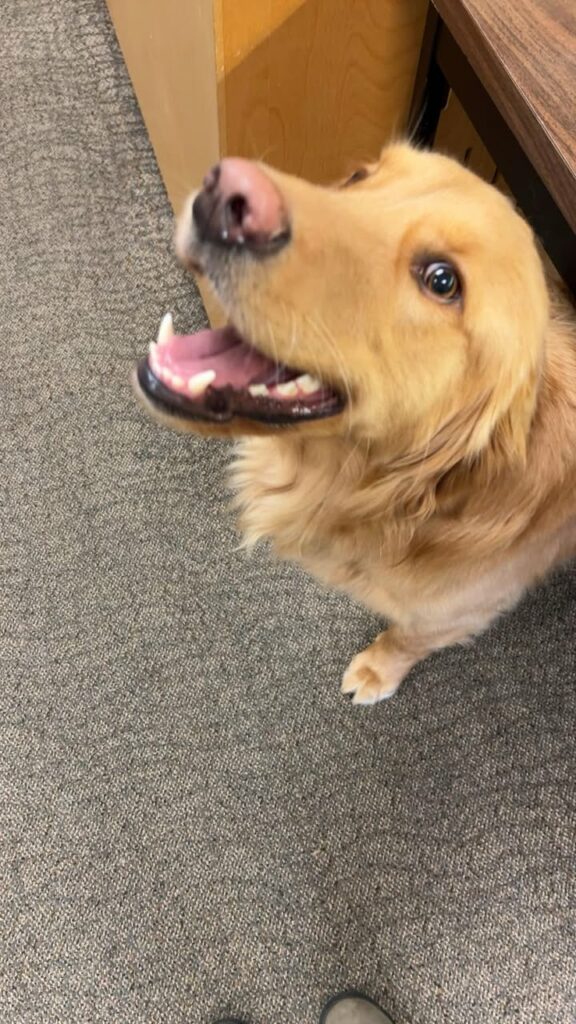
Something You Have Learned
The concept of Physical Literacy stands out as a key framework. Physical literacy encompasses the motivation, confidence, physical competence, knowledge, and understanding required to value and take responsibility for engaging in physical activities for life.
After taking this course, I’ve learned that several aspects of physical literacy make it particularly important:
Competence and Confidence: Physical literacy focuses on building skills and fostering self-assurance in students. Confidence, including self-esteem, perceptions of competence, and self-efficacy, significantly impacts an individual’s motivation to engage in physical activity.
Motivation: Physical literacy emphasizes the desire to participate in physical activities, driven by personal growth and enjoyment. Motivation includes both the direction of effort, which guides individuals to choose activities that interest them, and the intensity of effort, which encourages persistence and pushing limits.
Quality Daily Physical Education (QDPE): QDPE is a framework for delivering daily, structured physical education that promotes physical literacy and overall health for students. Overcoming barriers to QDPE, such as limited resources or lack of perceived value, is essential for fostering physical literacy. The EDUCATION model (Enjoyment, Diverse, Understanding, Character, Ability, Totality, Imagination, Ongoing, Nurturing) provides strategies for implementing quality physical education and increasing the likelihood of developing physical literacy.
In the future, the understanding of physical literacy and its components can be applied to promote active health by focusing on:
•Creating enjoyable and engaging learning experiences to foster intrinsic motivation.
•Offering a diverse range of activities to accommodate various abilities and interests.
•Helping students develop skills and confidence to become physically competent.
The concept of physical literacy hit home for me because I’ve struggled with my weight since the later years of high school. My confidence took a huge hit after my body changed, and my motivation to move my body tanked as a result. I want to be there as an example to students that even as their bodies undergo change, there are adaptations to use, and that exercise is still possible and can even be fun. I want to help with confidence, even if students aren’t seeing the results they want but are still trying to learn to find fulfillment in that. Something even I’m still working on! That’s where my primary motivation came from.
Moving forward, I plan to apply my understanding of physical literacy by:
- Creating enjoyable and engaging learning experiences that foster intrinsic motivation and help students associate physical activity with positive emotions.
- Offering a diverse range of activities to accommodate various interests and abilities, ensuring that all students find something they enjoy.
- Helping students develop the skills and confidence necessary to become physically competent and empowered to lead active lives.
By integrating these principles into my teaching, I aim to cultivate a positive and inclusive environment where all students can develop physical literacy and embrace movement as a lifelong pursuit.
Something That Has Caught Your Interest

From the start of our learning in 246, the Children and Youth Report card PDF we examined from January 8 stood out. In this report, the following things were surprising to me:
Overall Physical Activity: Only 39% of Canadian children and youth (ages five to 17) meet the recommended 60 minutes of moderate- to vigorous-intensity physical activity per day. The report card assigned a grade of D+.
◦There are gender disparities, with only 31% of girls meeting the recommendation compared to 57% of boys. This disparity worsened for youth (12 to 17 years) during the pandemic, as only boys’ physical activity increased in 2021 while girls remained low.
◦Newcomer girls are less likely to meet the physical activity recommendation compared to non-newcomer girls.
◦Children from lower-income households are less likely to meet the physical activity recommendation compared to those from higher-income households.
•Active Play: 22% of children and youth accumulate more than two hours per day of unstructured play. Interestingly, children from the lowest-income households are more likely to reach this benchmark than those from the highest-income households. The report card assigned a grade of D-.
•Active Transportation: 43% of parents indicated that their children commute to or from school actively, either solely or in combination with non-active modes. Parents in larger municipalities are more likely to report active commuting than those in smaller communities. The report card assigned a grade of C-.
•Organized Sport: 68% of children and youth participate in organized sport. Boys participate more than girls, and children from higher-income households participate more than those from lower-income households. The report card assigned a grade of B.
•Physical Education: 53% of students meet physical education benchmarks. 35% of children in grades K to 8 receive at least 150 minutes of physical education per week, and 69% of high school students take physical education. The report card assigned a grade of C.
•Sedentary Behaviors: Only 27% of children and youth meet the recommended recreational screen time limit of no more than two hours per day. Children from low-income households are less likely to meet the screen time benchmark. The report card assigned a grade of D.
•Sleep: 65% of children and youth meet age-specific sleep duration recommendations. The report card assigned a grade of B-.
•24-Hour Movement Behaviors: Only 4% of children and youth meet the combined 24-Hour Movement Guidelines, and adherence is lower among girls than boys. The report card assigned a grade of F.
This changed my perspective because these findings underscore the importance of addressing inequalities and inequities in physical activity promotion efforts. They also highlight the need to consider the impact of climate change on children’s ability to be active and to promote indoor active play during extreme climate events. Coming into this course, I’d learned through recreation how much time kids stay indoors, but I didn’t realize the impacts that also had on the classroom and the actual amount of movement students were doing. Moving forward, these statistics are sticking with me. I’m a team leader for Oak Bay Recreation, and during orientation I’m planning on reviewing this report card with my staff team to share these statistics. It’s important to shed light on the grades kids had in this report and to encourage my staff to plan activities that really get the kids moving.
Something You Would Like to Learn More About

What I want to learn more about is mostly unrelated to the course but in terms of EPHE I want to learn more about biomechanics and the human body. Learning the fundamentals of movement will allow me to design activities that benefit children’s bodies to maximize their potential. I only have EPHE 201 left to take to complete my minor in EPHE, so over the summer I’m going to try and start developing more of a foundation regarding biomechanics. For EPHE 246, I feel like we covered a lot of topics already gone over from my other classes in this subject area. If I had to pick one topic to explore further, mostly out of interest, I’d choose to learn more about social and community health. I’ve heavily been considering working as a programmer in recreation with my degree, so learning more about community health would give me an edge moving into a more senior role at Oak Bay. I’m very interested in exploring how relationships impact mental and emotional wellbeing. In high school, going through a huge heartbreak made school challenging for a while. It consumed my thoughts, and I ran out of class once to cry on the field. Learning more about the psychology behind relationships and school would be very fascinating and useful, I think. Further learning about this would benefit me as a mother one day and a teacher. As a mother, knowing the reactions that can stem from relationships will impact the way I parent as well as provide guidelines to help my future kids navigate the world. As a teacher, knowing more of the science behind social and community health will allow for greater empathy and understanding for what students are going through. I already am a very empathetic person having been impacted by relationships in my own educational journey, so being able to sit back and study about the topic specifically in relation to children and youth will be new to me.

Reflection on Your Personal Growth
I truly feel that I’ve worked really hard in this class. I find the course concepts interesting, so that helped with my level of motivation in time spent studying the ideas presented. I am in my fourth year of my degree so I feel that I came in with quite a range of knowledge regarding the topics covered in 246, being that it’s more of an introductory course. My views on creating an inclusive, accessible, and engaging learning environment hasn’t changed due to the fact that I was already very open minded in creating a diverse class experience and have learned how to adapt gym classes previously. I found what was most helpful in this class was hearing Josh’s (our teachers) personal experiences when working in the class. Despite having a lot of courses from the school of exercise science, we hadn’t talked about the curriculum in depth before or what it’s really like in schools. I appreciate the fact that Josh is an active middle school teacher, and that he’s been so open with his stories. I have learned a lot from Josh regarding the amount of time schools in Victoria allot to gym. With the understanding that physical space is a limitation, as both a future gym and English teacher, hearing how limited gym time is, I feel more motivated than ever to help change that or take my academic classes outside to learn on walks instead of sitting at desks. Overall, I feel that I have put a lot of time in this class working on the course content. I finished all my assignments early because I enjoy talking about this topic and doing work like this. Reflect on my learning journey since starting university in 2021, I have grown so much as a student and an academic scholar. I’m really proud of how much I’ve retained and been able to share to peers outside of the education program.
Thank you for reading this reflective essay and for a great course!!! <3

